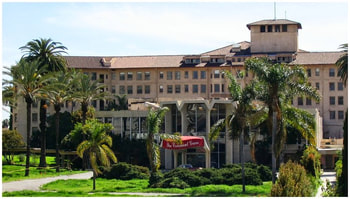
NIGHTCLUB of the HOLLYWOOD CELEBRITIES
One of the most glamorous places in old Hollywood was the Los Angeles Ambassador Hotel, home of the famed Coccanut Grove Nightclub. A product of Hollywood's golden years, the Grove was THE place to rub shoulders with the royalty of Hollywood movie industry.
California Digital Library (1939) Sylvie Auger: www.pinterest.com/pin/ Photo In 01-04-2015 "Ambassador Hotel"
www.findinglostangeles.com/ambassador-hotel www.findinglostangeles.com/ambassador-hotel
The Ambassador hotel, designed by architect Myron Hunt, opened in 1921. It was built as a part of the Ambassador Hotel Chain, but that dissolved in 1930 and was sold to Schine Hotels. Over the years it hosted six Academy Awards ceremonies, numerous other celebrity events such as the Golden Globe Awards, and seven presidents. Some celebrities, such as Pola Negri, actually resided there.
Photo:www.pinterest.com/academy-awards Courtesy of Herald-Examiner Collection -LA Library Photo: www.pinterest.com/baker9144/
www.kcet.org/shows/ambassador-hotel
During the 1920's the Coccanut Grove was frequented by celebrities like Louis B. Mayer, Charlie Chaplin, Douglas Fairbanks, Howard Hughes, Clara Bow, Rudolph Valentino, Gloria Swanson, Mary Pickford, and others. Do you recognize James Cagney in the photo above?
In the 1930's the regulars included Norma Shearer, Irving Thalberg, Errol Flynn, Jean Harlow, Clark Gable, Jean Harlow, Cary Grant, Jimmy Steward, Marlene Dietrich, Lana Turner, John Wayne, Katharine Hepburn, Spencer Tracy, Bob Hope, Bing Crosby, and more. During this period many movies were filmed there.

HOTEL of PRESIDENTS
For decades, the Ambassador was the hotel of choice for presidents, diplomats, and foreign dignitaries when staying the Los Angeles area. Seven US Presidents are said to have stayed there.
On June 5, 1968, after a victory speech in the Embassy Room, Senator Robert F. Kennedy, winner of the California Democratic presidential primary, was shot along with five other people. Kennedy died one day later.
This event, combined with a decline of the neighborhood in general, signaled the demise of the hotel. In the mid-1970's Sammy Davis, Jr., headed a renovation of the Coccanut Grove, to no avail, and in 1989 the hotel closed to guests. It did remain available for private events, such as the campaign dinner in my novel, and filming television and movies.

That didn't end the celebrity status of the Hotel. It remained in the limelight another ten plus years.
For some time before the close of the hotel, the Los Angeles School Board had been looking at the 23.5 acre property for a high school. When it closed Donald Trump scooped up the property for $64 million and announced he would build a 125 story tower. The School Board voted to take the property by eminent domain.
I worked for the City of Los Angeles Planning Department at that time, and we occasionally saw Donald Trump roaming the hallways of City Hall during the early 1990s. Without going into the gory details of the "Dump Trump" and "Public need over private greed" war, Trump eventually dropped out of the deal without making a penny, and the School Board ended up with the property. Then there were several years of fighting with the historic preservation community who want to save the hotel and declare it a historic monument.
The School District eventually prevailed, and the hotel was torn down in late 2005 and early 2006 (and hence the discrepancy in my novel). Today the Robert F. Kennedy Community Schools, comprised of six autonomous pilot schools from kindergarten-through-12th-grade, occupy the property, attended by over 4,200 students. It is touted -- and widely criticized – as the nation’s most expensive public school costing over $578 million to build.
The kitchen where Kennedy was killed can still be seen in the school library, the Coccanut Grove has become the auditorium with new doors replicating the originals, and many of the other historic features have been incorporated into the school and preserved.
Another part of campus - Photo Source: Replica of doors to the Coconut Grove The Visual and Performing Arts High School
framework.latimes.com/ambassador-hotel Photo Source: Damian Dovarganes/The Associated Press
www.findinglostangeles.com/ambassador-hotel www.beaumontenterprise.com/news/

http://livefastmag.com/2016/05/rfk-mural-fest-the-most-inspiring-way-to-support-arts-education-in-schools/

Overview
Psychiatrist Mark LeBonge, driven by a strong sense of justice, arrives at the group home for convicted teenage sexual abusers, where his sister has worked the night shift…and finds her murdered. When police Lieutenant Art Krantz, primary on the case, ignores Mark's suspicions about one of the boys in the half-way house, Mark enlists his sister's roommate, Karen Mitchell, to help him identify the murderer.
Mark learns from Karen that Art Krantz and his sister had an affair several years ago, which she broke off because Krantz was married. To complicate matters, he also comes to believe the boy he suspected of the murder, is possibly innocent of the crime he was convicted for.
The complex twists and turns bring Mark and Krantz into conflict and put Karen in danger as they attempt unravel crimes and conspiracy starting at a group home and ending in high level politics.
Excerpt
Wearily, Mark got out of the car, stretching his long frame as he did so, then shot his cuffs and adjusted the tweed sports coat. Last night's rain storm left the morning air a tad cooler than brisk, chilling him even with the jacket on.
"Why'd you have to park there, Mark?" an irritable voice greeted him.
He glanced up. His sister's partner, Ron Philips, was climbing out of his old Honda Civic parked at the curb. Ron had worked the day shift with Hollie for the last four months. He looked his usual unkempt self in blue jeans, an old sweater with a hole in one elbow, and a day's growth of beard.
"Good morning to you, too, Ron." Mark shot him an insincere smile. "You're on time for a change."
He didn't care for Ron's lackadaisical attitude, particularly in a counselor for such disturbed youths as these teenage sexual offenders. Granted, the job didn't pay much, but the counselors were role models to these kids. They should at least take the position seriously for the short time they worked there.
"What the..." Ron swore as he stepped in a puddle by his car. He kicked at the rain water, splashing it onto his jeans.
"Watch your language." Mark frowned at Ron as the younger man walked up the driveway cursing.
Ron glared at him, his hands dug into his pockets, and ignored the comment. "Your car is in my parking spot. You made me get my shoes muddy, and I'll have to take the time to move my car later."
"Bummer." Like I really care. The two of them walked up the path to the house together. "Anyway, I'm not staying. As soon as Hollie's done, we're going to breakfast. You can move your car as soon as we leave."
"Hollie?" Ron stopped short. His eyebrows shot up, then collapsed into a puzzled frown. "She's supposed to work with me today. I thought she just got here." He gestured toward her car.
Mark shook his head. "She pulled an emergency shift last night. I'm surprised you didn't know. Something about the night man being sick."
Ron pulled out his keys, inserted one into the lock, and turned it. "Damn, she'll be in a charming mood." The dead bolt clicked. "Or am I alone with these brats today?" He turned the knob, but the door didn't open. "Hey, what's going on?"
"It must have been unlocked already, and you locked it."
At that moment, a twitch of anxiety rippled through Mark. A vague sense of unease settled over him like a black cloud. It wasn't like his sister to leave the door unlocked. She was meticulous about procedure, a residual habit from her three years as a Los Angeles City cop.
Ron turned the key in the opposite direction. Again, the dead bolt clicked, and this time the door opened. Ron stepped into the unlit entry hall.
Mark followed, his sense of unease building. The heavy air reeked with a strange metallic odor, hovering like a recent malignant presence. A shiver skittered up his spine.
Something was wrong.
On the threshold, Ron paused and frowned at him, his face reflecting the premonition he felt. "Do you smell something?"
"Hollie!" Mark called.
A few paces ahead of him, Ron hurried through the living room to the kitchen, the preferred spot for the counselors on the night watch, and skidded to a stop. "Holy shit!"
"Oh, my God!"
Hollie's body lay on the floor, butchered in a waste of dark blood, her head twisted at an odd angle. Blood everywhere. A desperate coldness flooded Mark's body. His heart pounded against his ribcage, and his own blood drummed in his ears. Blood seemed to splash in bright globules against the retinas of his eyes.
□
TRAVEL TO FOREIGN LANDS FOR ROMANCE AND INTRIGUE
with a novel by Author R. Ann Siracusa
Facebook Twitter GooglePlus Website AmazonLink
Sources
https://en.wikipedia.org/wiki/Ambassador_Hotel_(Los_Angeles)
https://www.laconservancy.org/issues/ambassador-hotel
http://theambassadorhotel.com/
http://www.seeing-stars.com/Hotels/Ambassador.shtml
http://www.rfkcommunityschools.org/Information
http://www.rfkcommunityschools.org/cms/page_view?d=x&piid=&vpid=1308768166559
http://lahistoryarchive.socalstudio.org/resources/CommonGround/project_files/sites.html
http://www.latimes.com/nation/politics/la-na-trump-ambassador-20151220-story.html
HFPA https://www.goldenglobes.com/person/marilyn-monroe
https://www.pinterest.com/baker9144/golden-globes-1960/?lp=true
https://en.wikipedia.org/wiki/Ambassador_Hotel_(Los_Angeles)
https://www.pinterest.com/pin/25192079141370447/?lp=true
https://martinturnbull.com/2012/11/09/cocoanut-grove-nightclub-ambassador-hotel-wilshire-blvd-los-angeles/
https://www.findinglostangeles.com/all-content/2017/12/13/the-ambassador-hotel
http://framework.latimes.com/2010/09/12/new-schools-rise-from-ambassador-hotel-site/#/0
https://www.beaumontenterprise.com/news/article/Nation-s-most-expensive-public-school-578-729128.php
http://livefastmag.com/2016/05/rfk-mural-fest-the-most-inspiring-way-to-support-arts-education-in-schools/


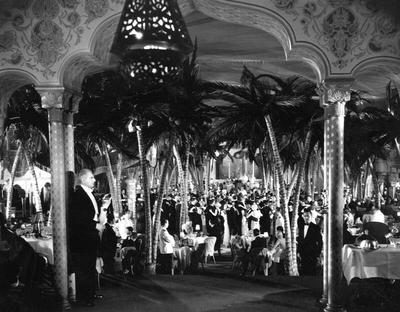
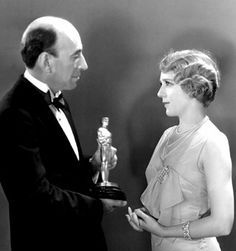

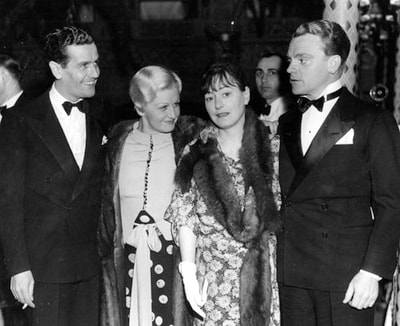
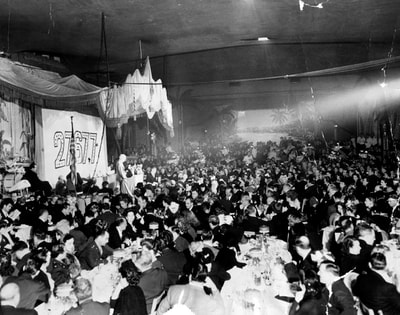

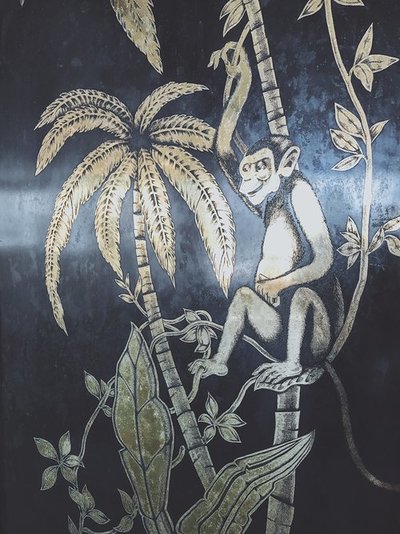

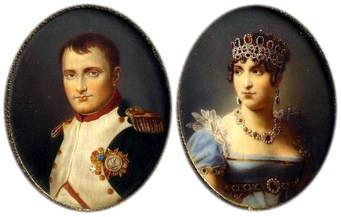

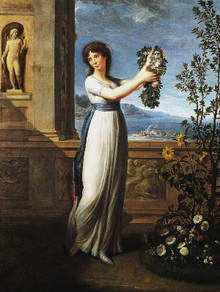
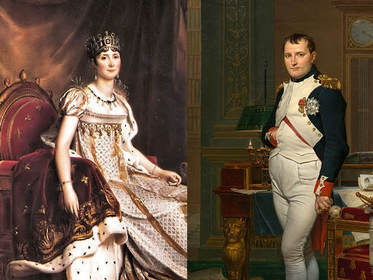





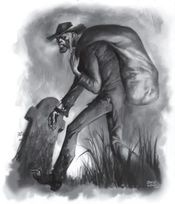


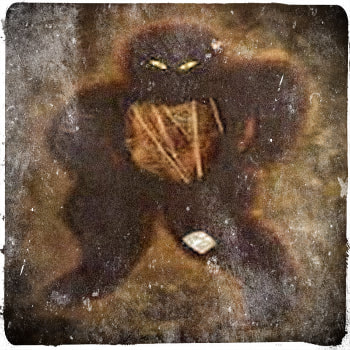
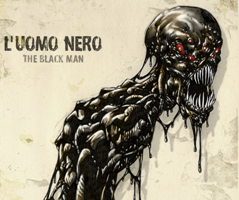
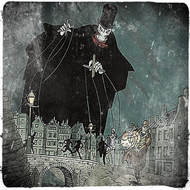

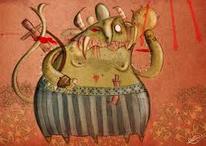
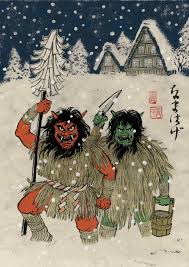


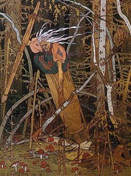
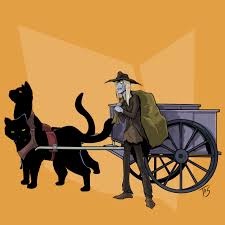

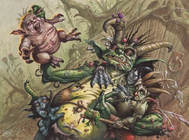
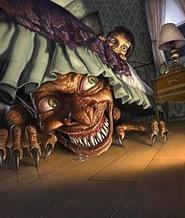
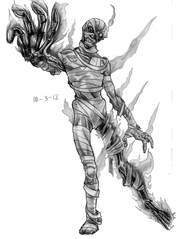



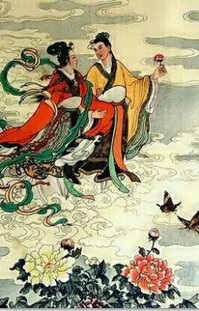
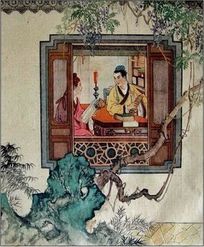
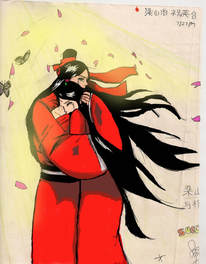
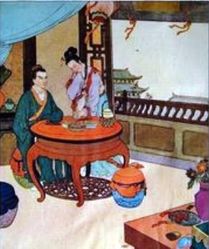
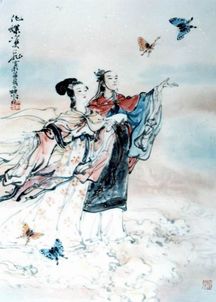
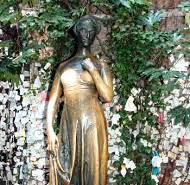

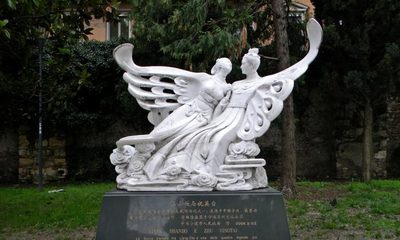
 RSS Feed
RSS Feed